Peru is a country in the west of South America, sharing a border with Ecuador, Colombia, Bolivia and Chile. With 10 airports for international flights all over the country it is definitely not a problem to get there. Peru boasts the largest historical heritage of all South American nations with 10,000 years of history. It hosts some of the most ancient cities in the Americas, like the city of Caral in the north of Lima. It is rich in traditions (around 3,000 festivals are celebrated every year, most of them based on religious and magical beliefs of ancient forms of worship), archaeological sites and historical places to visit. You will be surrounded by a magical environment that still smells as if ancient tribes that live there.
Let’s see 3 wonders of Peru.
The Sacred Valley of the Incas: Close to the Cuzco region and along the Vilcanota River, lies the Sacred Valley of the Incas. The main centre is Pisac town. The fortress of the city is very characteristic and it was a fortified garrison with an Astronomical Observatory and a Sun Dial at the time of Incas. Once in the SacredValley, you can also head to traditional markets where inhabitants of the neighbouring villages, dressed in traditional and colourful costumes, go to shop and barter. Other centres worth seeing are the towns of Calca and Urubamba and the Ollantaytambo fortress. It was built to overlook the raids by the “people of the forest”. Another beautiful place to see in this valley is the Salt Pans of Maras. They are remarkable as they change colour during the day depending on the light of the sun.
Machu Picchu Sanctuary: One of the seven wonders in the world since 2007, this amazing urban creation of the Inca Empire stands 2,430m above sea level and covers 32,500ha in the Peruvian Andes. It has been brought to the attention of humanity in 1911 thanks to Yale professor Hiram Bingham. Prior to this, people where searching for any trace of the Inca civilisation while the indigenous people already knew about the existence of the citadel. This allowed the preservation of the ancient site. However, nowadays archaeologists still don’t know the exact reason why it was built. Due to its location, it could have been built for military reasons, ceremonial reasons or as a retreat for ruling elites. Machu Picchu ruins consist of a complex of places, squares, temples and homes. It is an extraordinary example of great wisdom, refined culture, building skills and the ability of the Incas of interact with their natural environment. In 1983 the archaeological site was registered in the UNESCO World Heritage list. Every year more then 70,000 visitors approach Machu Picchu. To avoid the crowd you can climb the peak behind the site, called Huayana Picchu. It would still be an amazing experience.
Titicaca Lake: This is the largest and the highest (over 3,800m.a.s.l.) lake of the world and the largest lake of South America without considering MaracaiboLake in Venezuela, which is connected to the sea by a strait. In fact, located between Peru and Bolivia, this sacred lake for the Inca civilisation covers around 8,300 squares kilometres and includes many islands on it. Here the foundation of the pre-Hispanic cultures of the Andean Region was situated. Puno, the capital of Peru’s folklore, is the main town located in the centre of the lake region. In 1978 the Titicaca Reserve was created to preserve native flora and fauna. Nowadays Titicaca Reserve hosts 60 species of birds, 14 species of fish and 18 species of amphibians, like the giant frog up to 3kg in weight. In 2005 it was registered in the UNESCO World Heritage list.

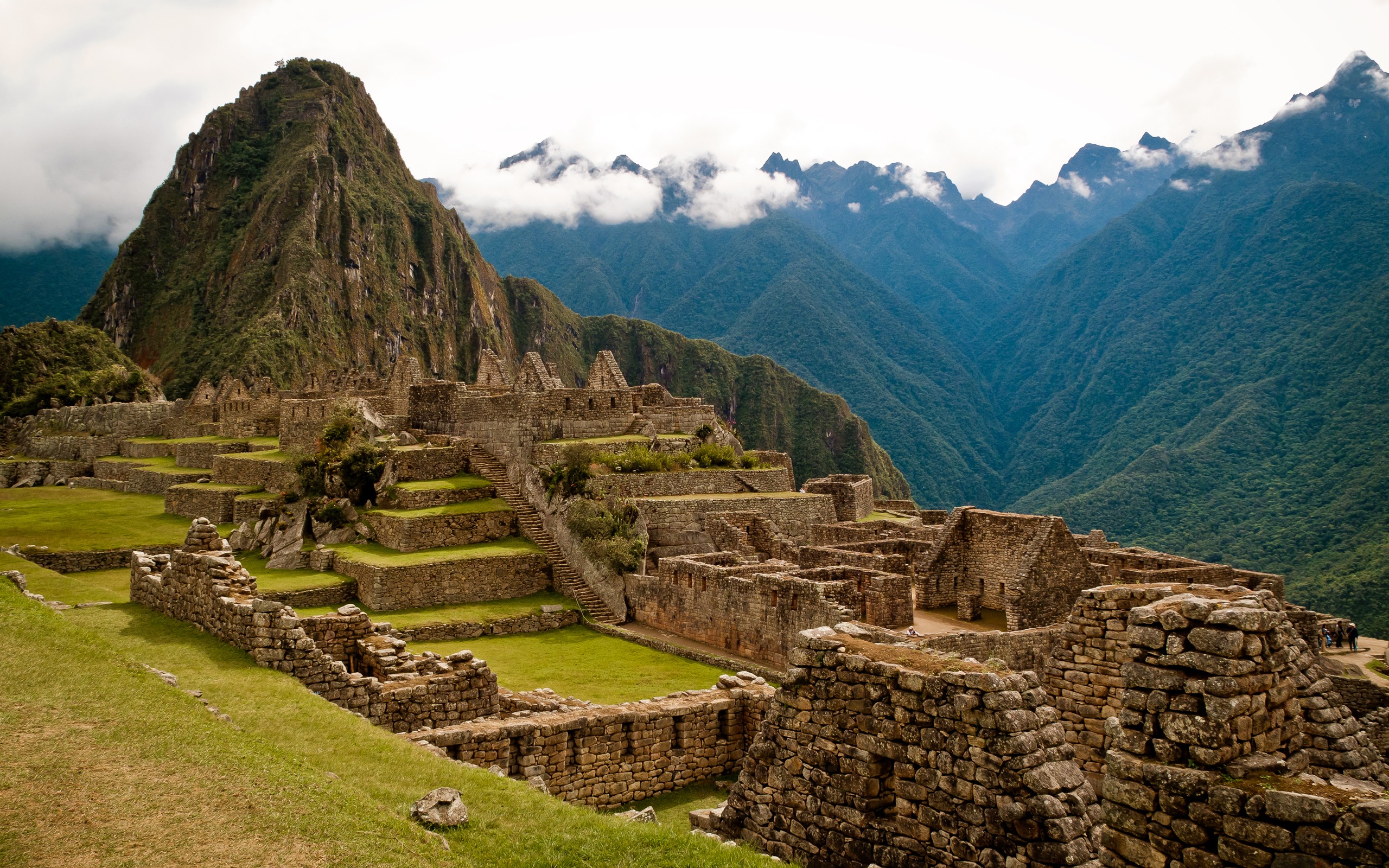
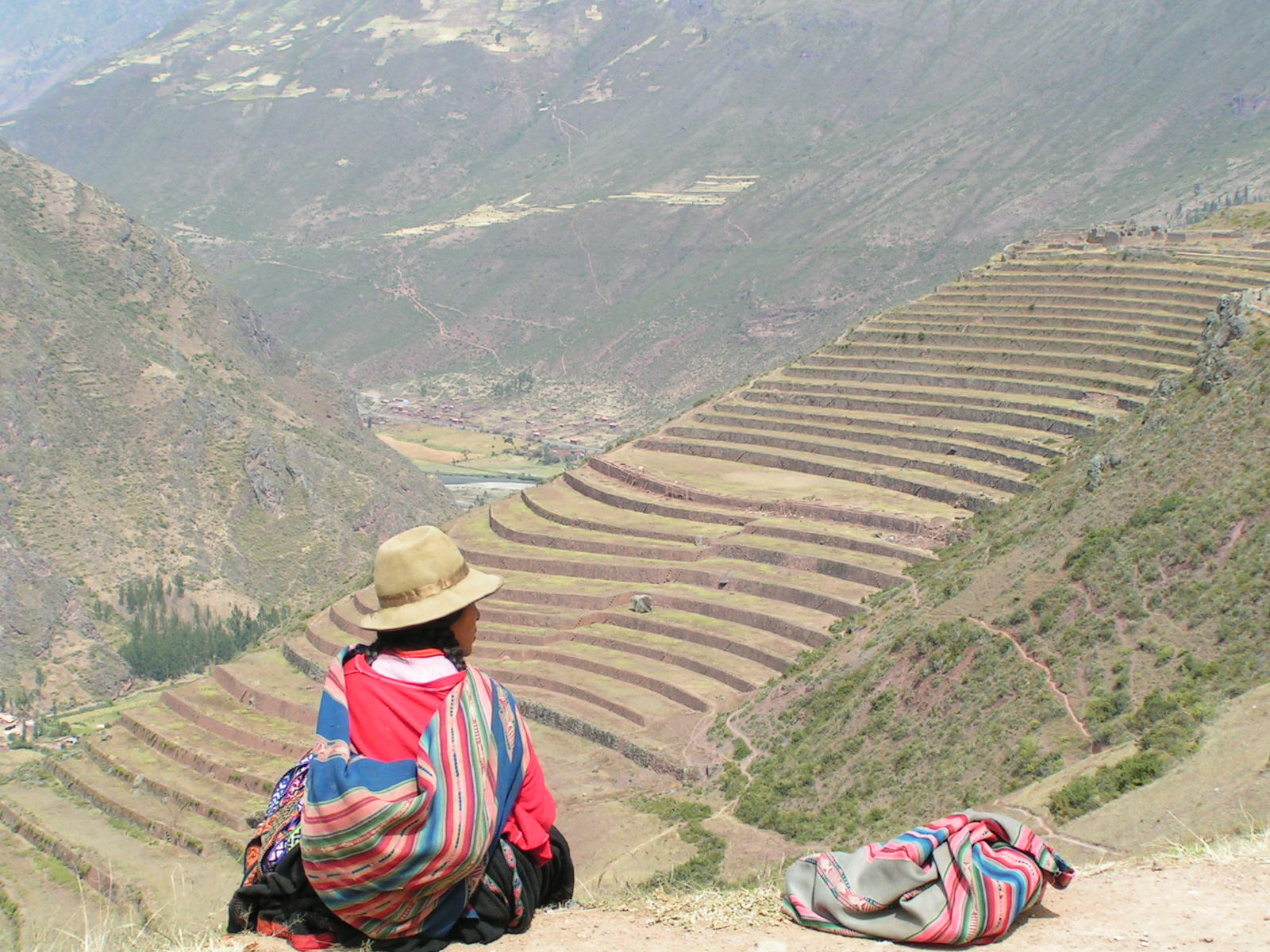
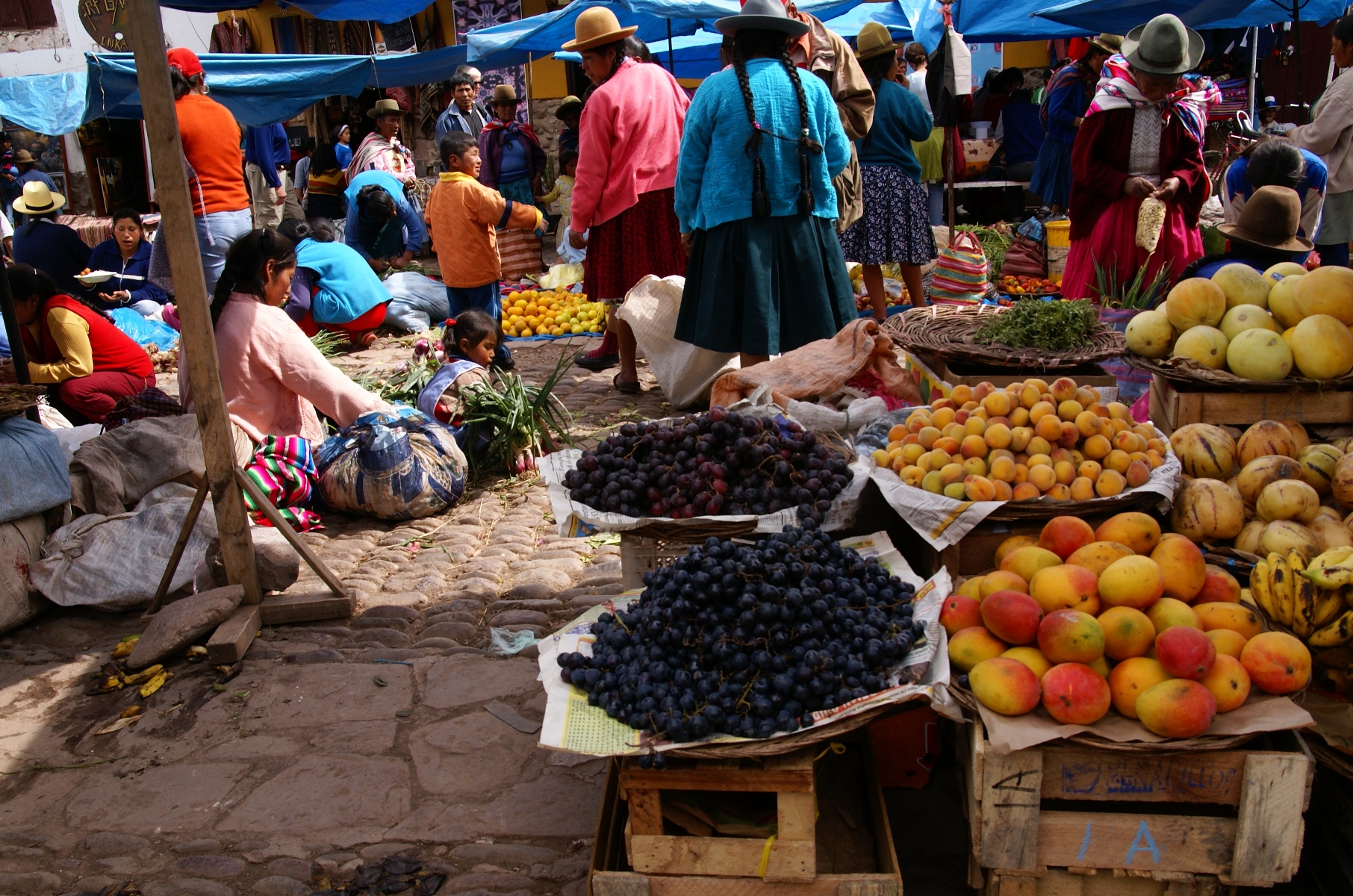
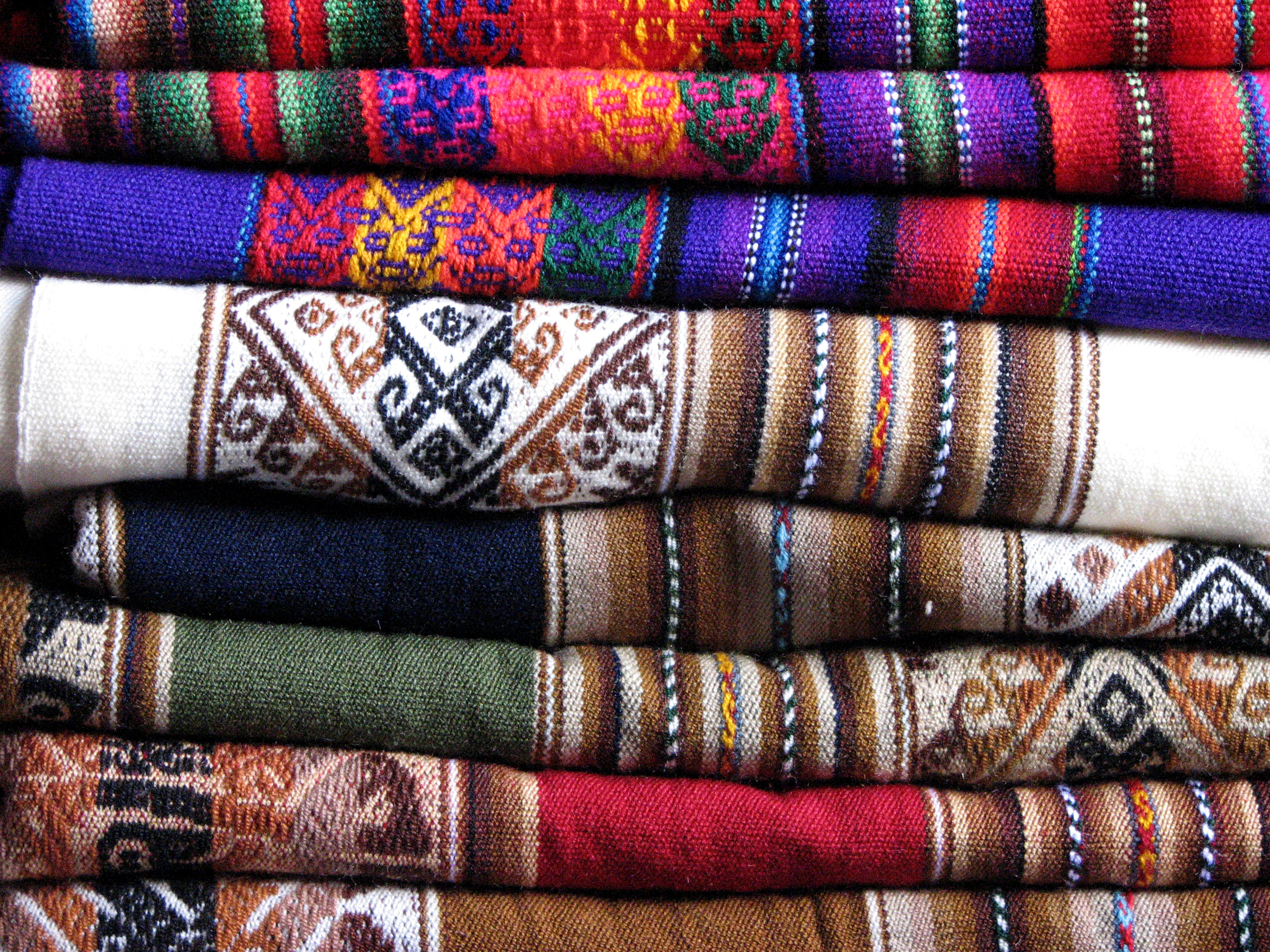
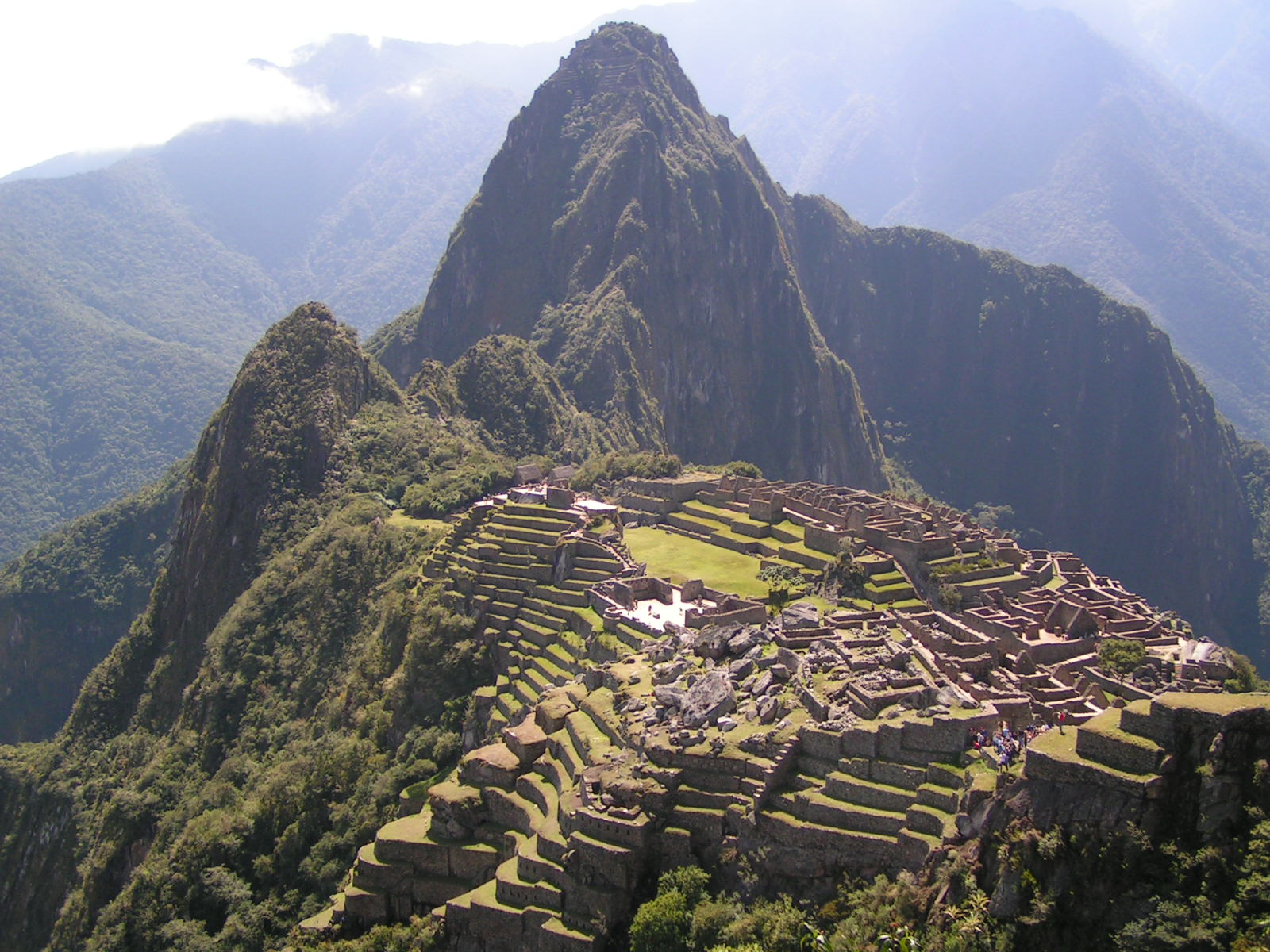
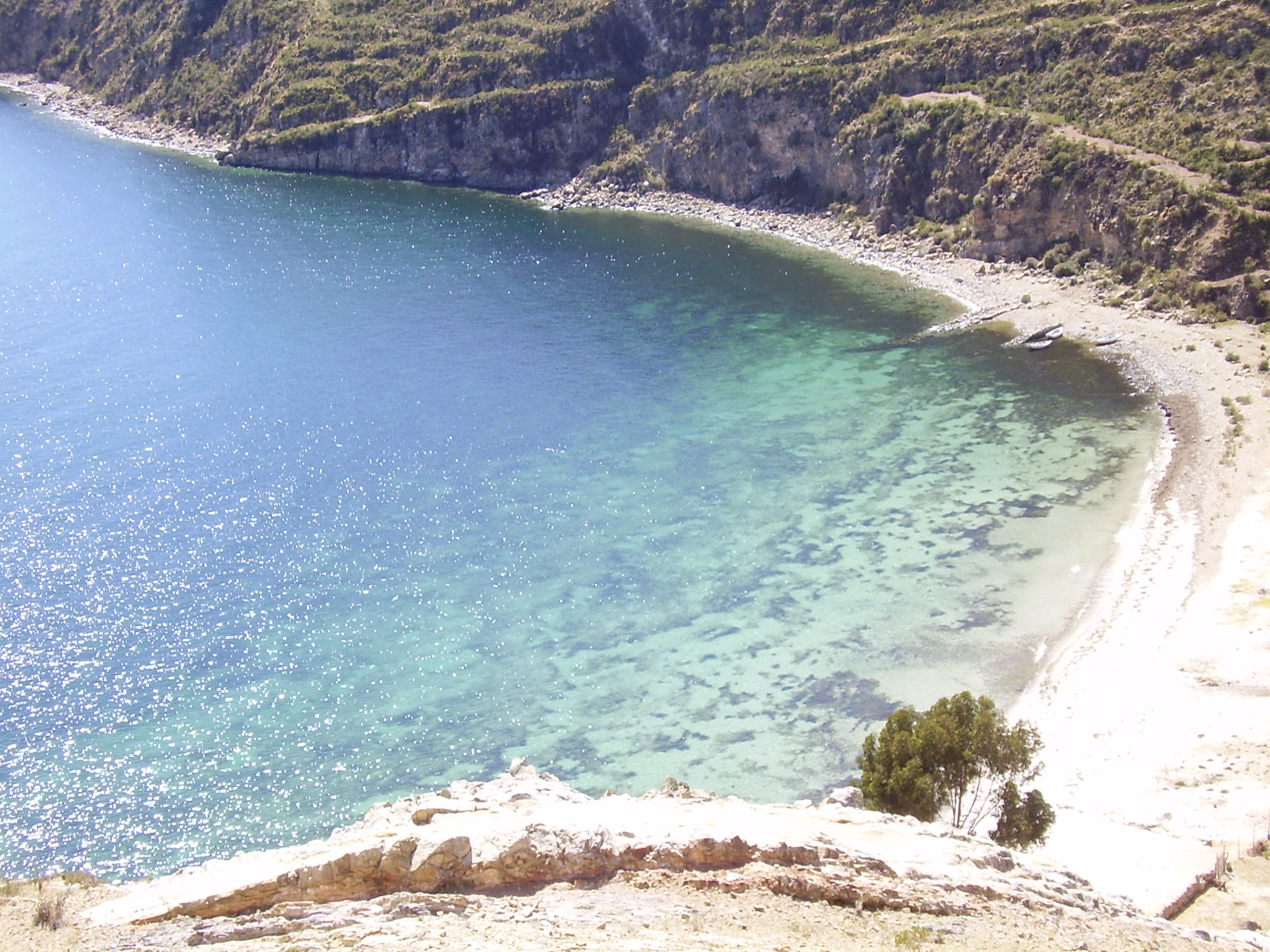
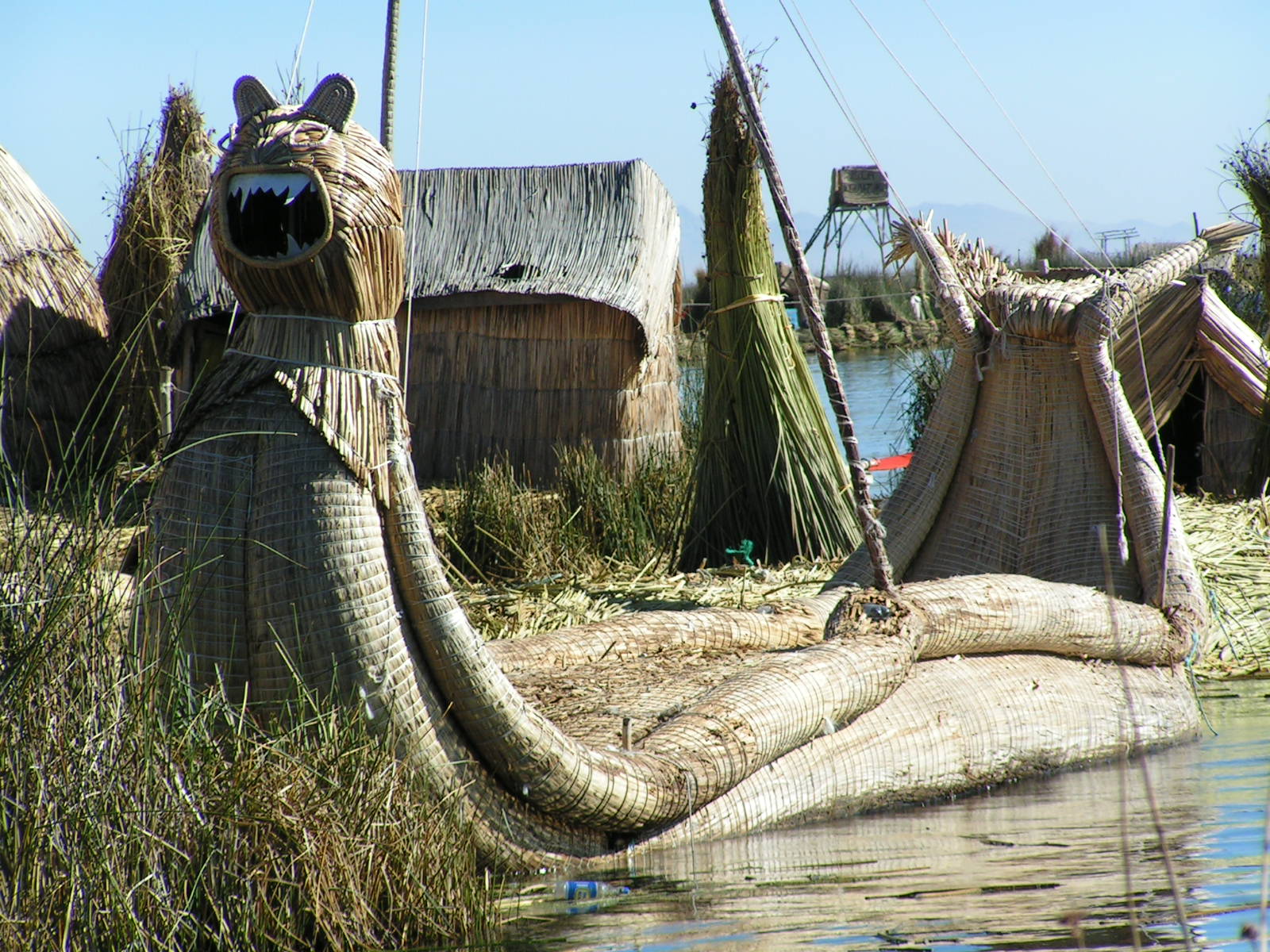
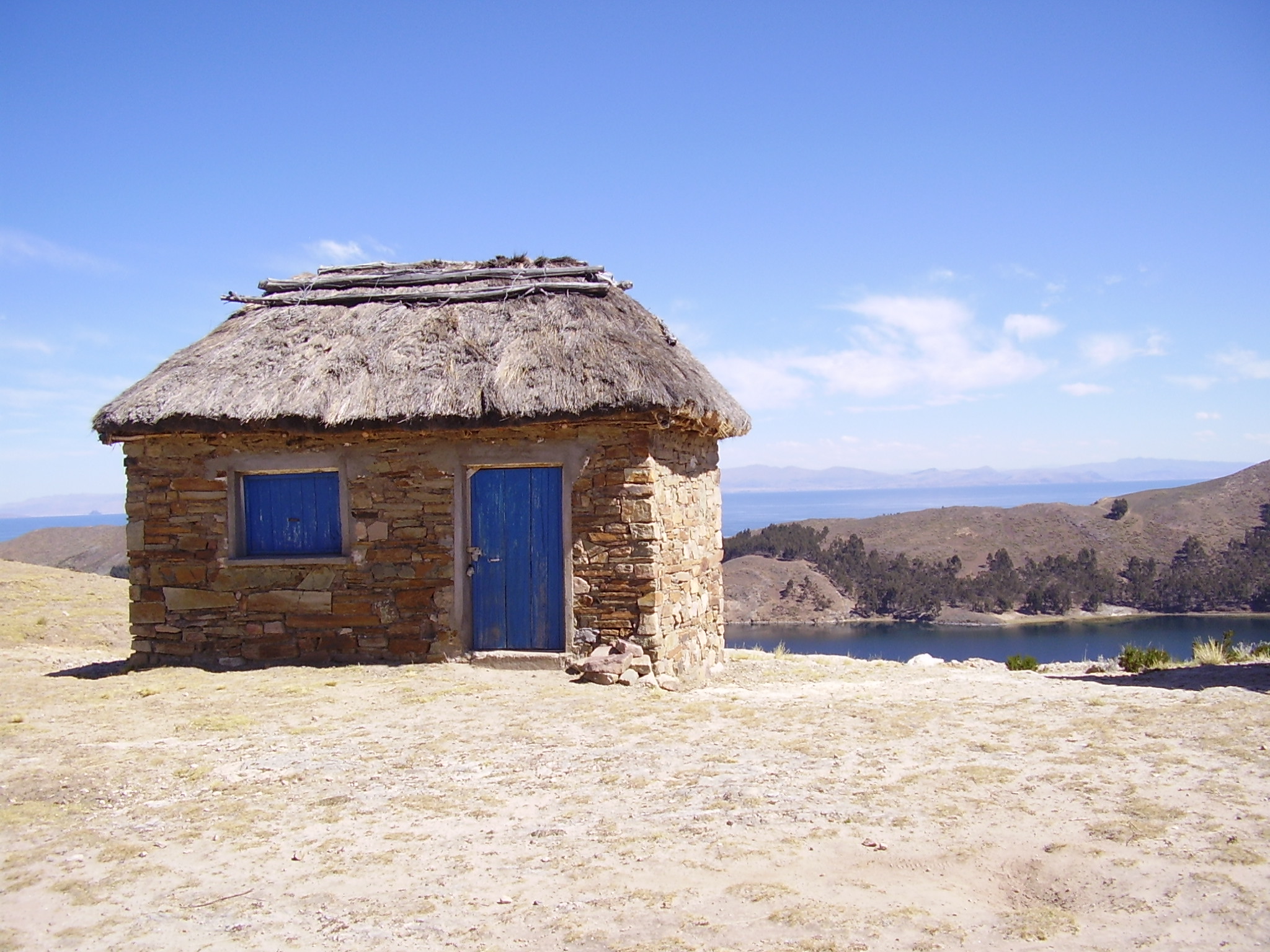
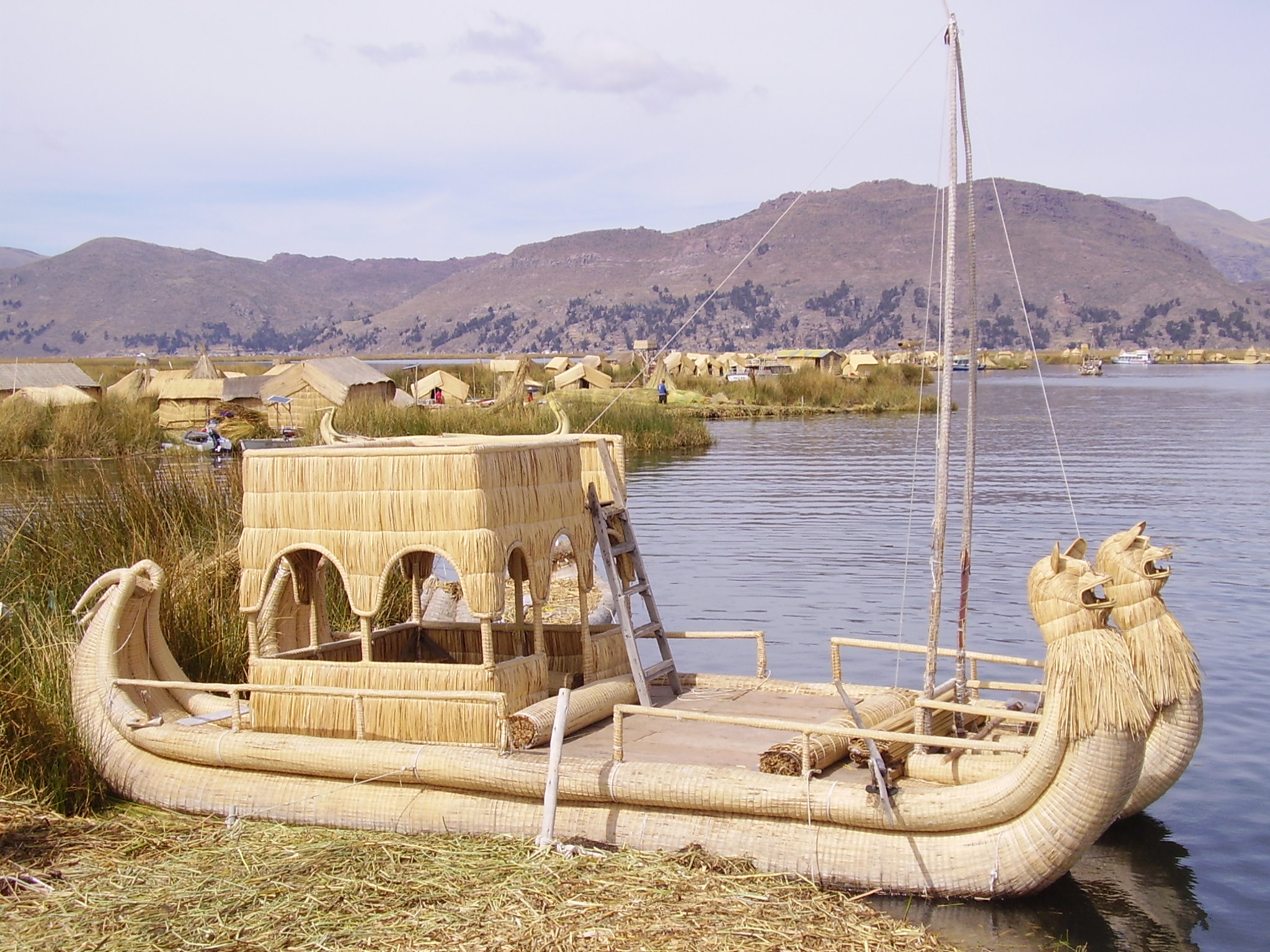
Comments are closed.